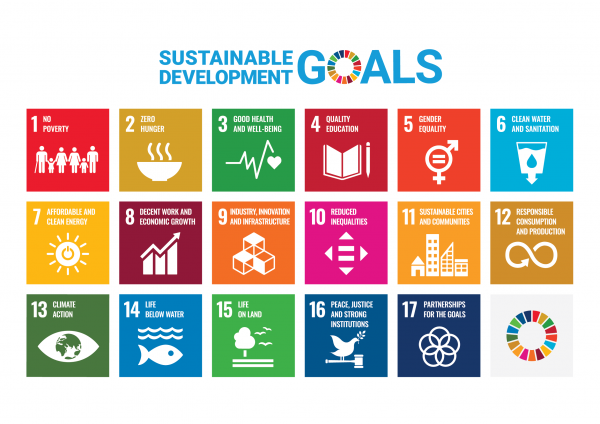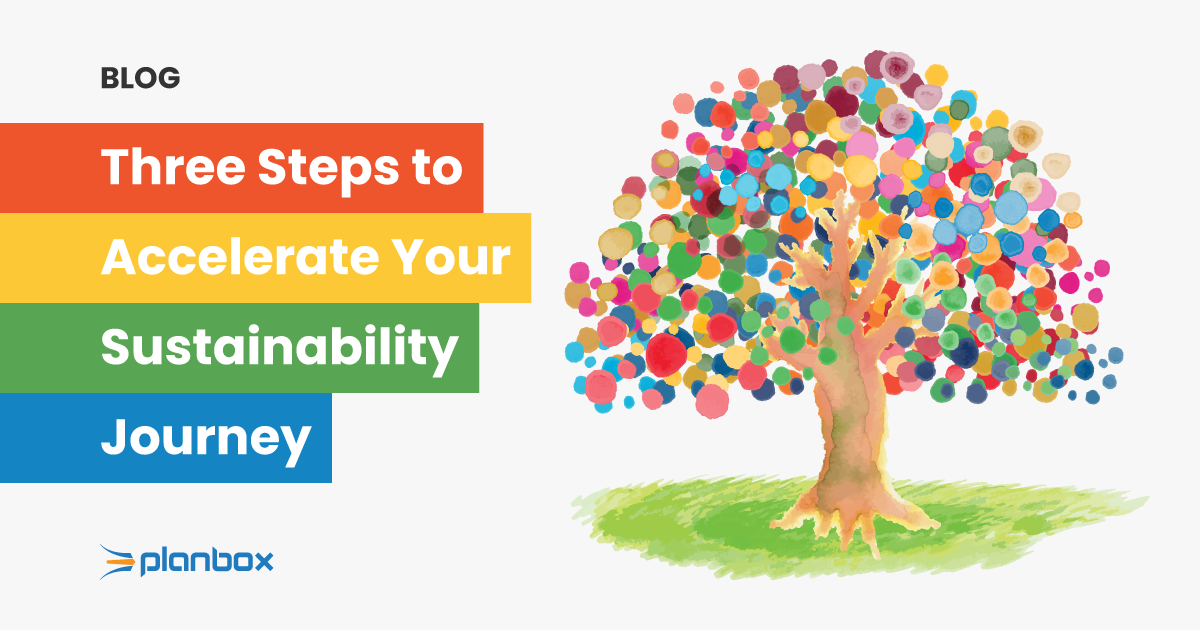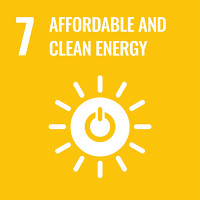This article originally appeared on Forbes.
Stakeholder capitalism is upon us. Customer obsession can leave you in the cold if you lose sight of the forest for the trees. This new economy will require organizations to consider all the stakeholders that are impacted by the business while giving them a voice and keeping them satisfied with the actions and outcomes.
Being socially responsible and contributing to a circular economy has always made good business sense. Environmental, Social, and Corporate Governance (ESG) started as early as in 2005. Fast-forward to today, when 90% of the S&P 500 now report on it. But in the next decade, organizations will increasingly face strict compliances, regulations, and mandates that force wholesale transformation to deliver on the Sustainable Development Goals (SDGs) of the United Nations’ 2030 Agenda.  This massive international agreement between 193 UN Members consists of 17 goals, 169 targets, and 248 indicators. To understand the different components of an SDG, here’s a breakdown of Goal 7, “Affordable and Clean Energy”.
This massive international agreement between 193 UN Members consists of 17 goals, 169 targets, and 248 indicators. To understand the different components of an SDG, here’s a breakdown of Goal 7, “Affordable and Clean Energy”.
Goal 7 consists of 5 targets with 6 indicators shared among them. A target serves as a call-to-action whereas an indicator helps to measure progress towards the goal. For example, Target 7.2 of Goal 7 is: “By 2030, increase substantially the share of renewable energy in the global energy mix”. Target 7.2 is measured with Indicator 7.2.1: “Renewable energy share in the total final energy consumption”.
Needless to say, a multifaceted and ambitious journey lies ahead for all businesses. There are many obstacles to overcome and challenges to be solved, but also many opportunities to be discovered.
The UN SDGs are still in their early days but the reality is such that the 2030 Agenda is quickly becoming a directive that will require serious time and collaboration to fulfill. In other words, continuous improvement and incremental innovation will simply not cut it. Extensive innovation — and in some cases reimagining a new future — will be required for organizations to have a chance of hitting the mark. An innovation revolution is in order to effectively communicate the grand challenge that lies ahead.
Here are three practical steps to spotlight sustainability and leverage the UN SDGs to amplify your innovation investments.
First, Create Your SDGs Power Couple
A classic mistake is to have a siloed sustainability team, especially one that is divorced from the innovation team. Innovators, for their part, struggle on alignment and often don’t know what problems to address or how to secure funding for promising concepts.
The SDGs require the organization to change the way it works in more ways than one, and what better way to start than by joining your innovation and sustainability teams at the hip to achieve alignment between corporate strategy and creative problem-solving for the SDGs. As the second principle of the Future-Fit Manifesto states:
“Welcome creativity and learning all the time. Future-Fit processes harness change for the greater good or to gain strategic advantage.”
Bringing together your innovation and sustainability teams in holy matrimony will result in a value-creation relationship that delivers purpose-based solutions for the organization and society, a win-win in its purest form.
Second, Treat the SDGs as Nesting Dolls
The aim of disruptive innovation is to create fundamental change. Instead of moving Heaven and Earth to bring a new idea to life, smart innovators know how to make the most of what they already have. To create more impactful and valuable solutions, look for ways to unlock additional value from an existing idea.
Similarly, the 2030 Agenda is a great ESG framework for organizations to do just that. For example, instead of moving forward with an idea that exclusively addresses Goal 3, “Good Health and Well-Being”, what if we could expand on it so that it also addresses Goal 5, “Gender Equality”, and Goal 10, “Reduced Inequalities”? After all, the SDGs are interconnected through a shared purpose: to create a prosperous and sustainable future for people and the planet.
Taking advantage of this overlap requires a deep dive into each sustainability goal to deliver value well beyond a single SDG. One way to go about this is to leverage other frameworks such as the Flourishing Canvas or the Deloitte 10 Types to uncover and exploit hidden opportunities while minimizing potential harm to other SDGs (known as SDG Washing).
Third, Align Emerging Tech with the SDGs
On the one hand, you have the SDGs. On the other hand, you have the Fourth Industrial Revolution (4IR), characterized by the unprecedented pace of technological advances, such as 3D and 4D Printing, Virtual and Augmented Reality, Big Data, and the Internet of Things (IoT), to name a few.
Tech Scouting initiatives usually suffer from two challenges:
- they don’t get enough support from executives;
- they don’t connect to the business. The combination of emerging technologies with the SDGs can guide your tech scouting efforts to ensure your corporate venturing program is focused on delivering value that is easier to quantify and clearly aligns with the corporate strategy.
“Sustainable development is a fundamental break that’s going to reshuffle the entire deck. There are companies today that are going to dominate in the future simply because they understand that.” — Francois-Henri Pinault
As the Eleventh Principle of the Future-Fit Manifesto states:
“The best models, methods, and concepts emerge from Community interactions”.
Goal 17, “Partnership for the Goals”, may be last on the list but actually forms the backbone of the 2030 Agenda. Goal 17 captures the complexity of the SDGs by demanding collaboration at scale.
This means extending your innovation efforts beyond the physical limitations of your organization by building virtual ecosystems that bring together your customers, suppliers, partners, startups, academia, government, and the public towards a common goal.
Now is an opportune moment to take on a pioneering role in your industry and transform your organization — and the world — for the better. Your community, and society at large, will thank you for it.

Ludwig Melik
CEO at Planbox and author of the Future-Fit Manifesto. I help organizations build a sustainable culture of innovation. Follow me on Twitter or LinkedIn.


